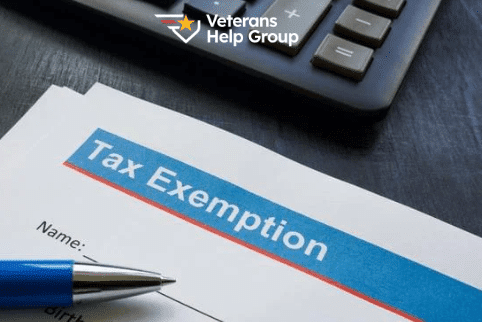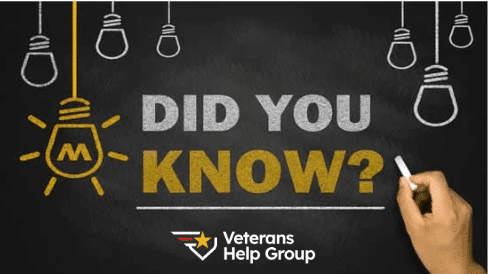Table Of Contents
Epilepsy and Seizures Explained
Epilepsy is a central nervous system disorder in which brain activity becomes abnormal and causes seizures or periods of unusual behavior, sensations, and loss of awareness. Seizures are defined as a period of abnormal electrical brain activity that causes the body to act uncontrollably and oftentimes unconsciously. Seizures can also cause the brain to sense things that aren’t there, or hallucinate.
Common symptoms associated with epilepsy and seizures include:
- Severe shaking of the body
- Unconsciousness
- Drooling
- Mumbling
- Falling down
- Vomiting
- Fear
- Anger
- Confusion
- Sweating
- Fear, anxiety, or déjà vu
Symptoms vary depending on the type of seizure someone experiences; however, when someone has epilepsy will tend to have the same type of seizure each time. Epilepsy has no identifiable cause in approximately half the people with the condition. On the other hand, the condition may be due to various factors which can be related to veterans’ military service.
Epilepsy and Seizures in Veterans
Approximately 3 million adults had active epilepsy in 2015. The Veterans Health Administration (VHA) estimated that the number of veterans with epilepsy under treatment at the VA was 13.8 per 1,000. Out of these veterans, 13% were less than 45 years old, 39% were between 45-65 years old, and 8% were female.
How to Get A VA Disability Rating?
To get a VA disability rating a doctor must have witnessed the veteran have a seizure and performed neurological testing. If a doctor has not seen a seizure, the veteran will not be service-connected for epilepsy. The doctor should also document the frequency and severity of the veteran’s seizure. After a diagnosis is made, the veteran must also show proof of an in-service event and a medical link connecting the diagnosis to the in-service event.
Veterans may also be able to get service connections on a secondary basis. Veterans are at higher risk of developing epilepsy than the general public due to the higher likelihood that veterans will have traumatic brain injuries (TBI). Therefore, if a veteran has service-connected TBI, they may be able to get a service connection for epilepsy on a secondary basis.
Types of Epilepsy and Seizure Conditions
- Grand Mal Epilepsy. Features a loss of consciousness and violent muscle contractions.
- Petit Grand Mal or Absence Seizures. Involves brief and sudden lapses of consciousness.
- Focal Motor Epilepsy. The result of abnormal activity in just one area of the brain. There are two types: focal seizures without loss of consciousness and focal dyscognitive seizures.
- Jacksonian Epilepsy. Involves a brief alteration in movement, sensation, or nerve.
- Psychomotor Epilepsy. Occurs in the temporal lobe of the brain and results in the impairment of responsiveness and awareness.
How Are Epilepsy and Seizures Rated?
There are two different categories of seizures. Major seizures are classified as ones that affect the entire brain. Typically a major seizure includes loss of consciousness and uncontrollable shaking. Minor seizures affect only portions of the brain. These seizures cause only brief interruptions in conscious control with symptoms like mumbling, rocking, or twitching.
| Rating | Major Seizures | Minor Seizures |
| 100% | 12 or more in the past year | N/A |
| 80% | 4-11 in the past year | 11 or more a week |
| 60% | 3 in the past year | 9-10 a week |
| 40% | 2 in the past year | 5-8 a week |
| 20% | 1 in the past 2 years | 2 in the past 6 months |
| 10% | Requires constant medication to control seizures or there is a definite diagnosis of epilepsy with history of seizures | Requires constant medication to control seizures or there is a definite diagnosis of epilepsy with history of seizures |
Veterans Help Group has been supporting veterans in getting the benefits they deserve since 1995. If you or a loved one served, and suffer from epilepsy and/or seizures, we are here to help. Call Veterans Help Group at 855-855-8992 or complete our free veterans benefits case evaluation form.

VA Disability Benefits and Tax Exemptions: What You Should Know
VA Disability Benefits and Tax Exemptions: What You Should Know Written by: Schuyler Swanton,...

Veterans Help Group In The Community
Veterans Help Group in the Community Written by: Bobbi Boudi, Director of Community Outreach, Amy...

The Veterans Appeals Efficiency Act of 2025
The Veterans Appeals Efficiency Act of 2025 Several bills are currently pending in Congress that...





